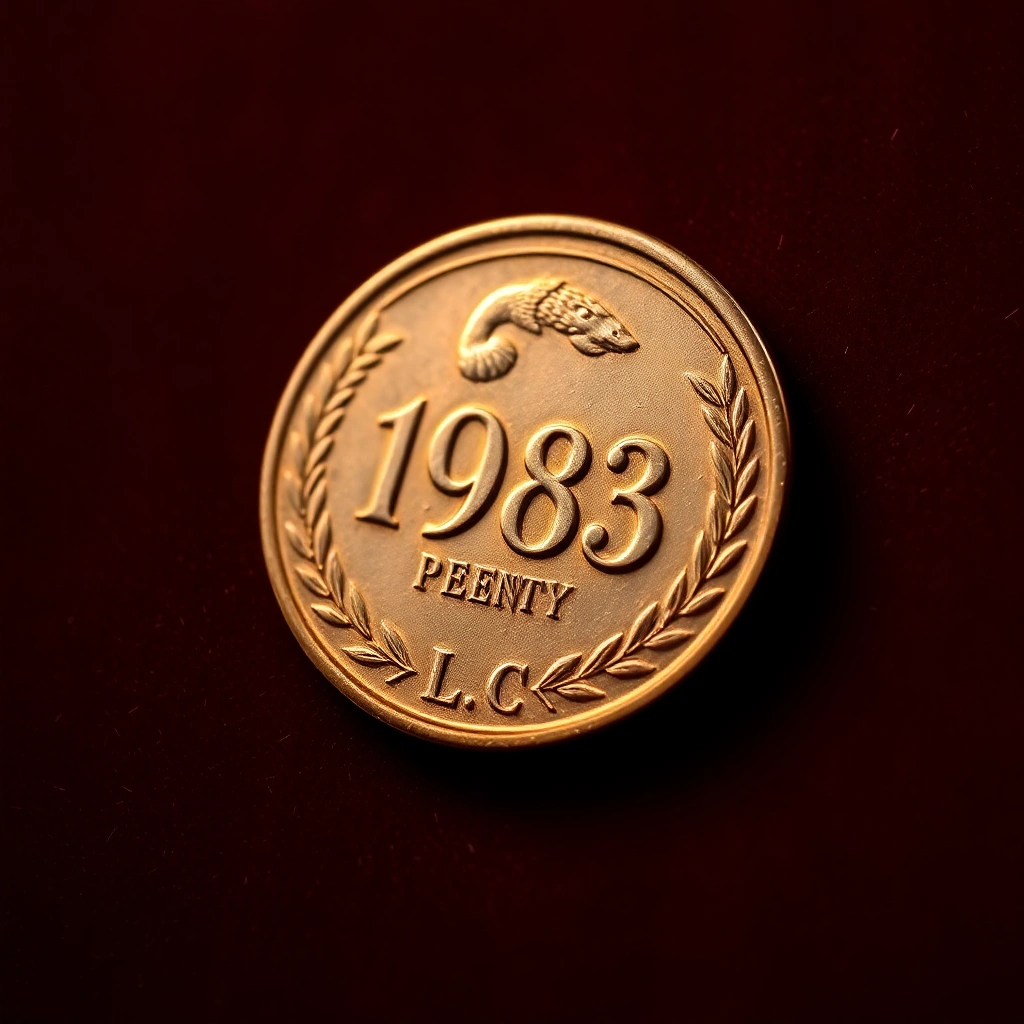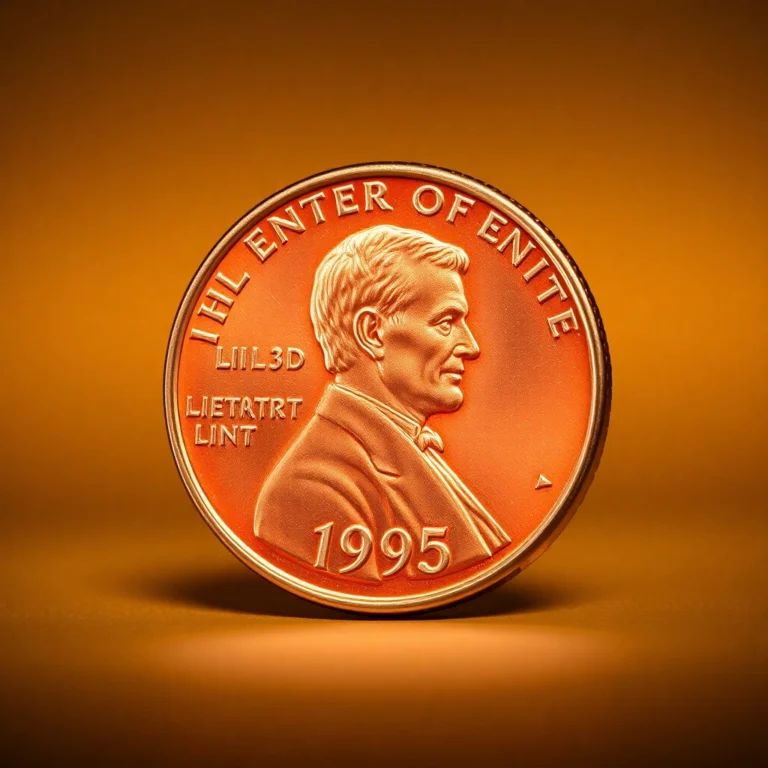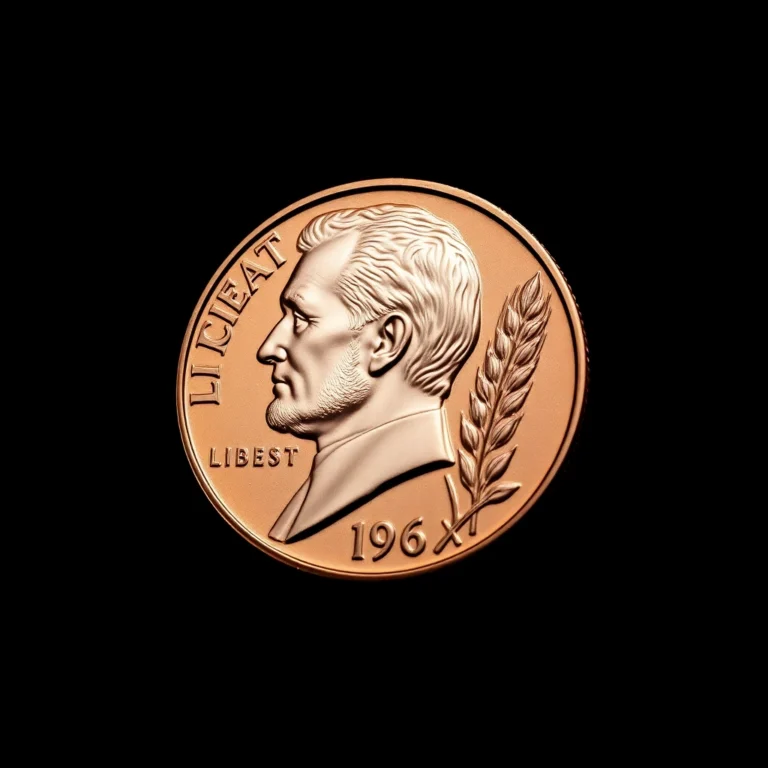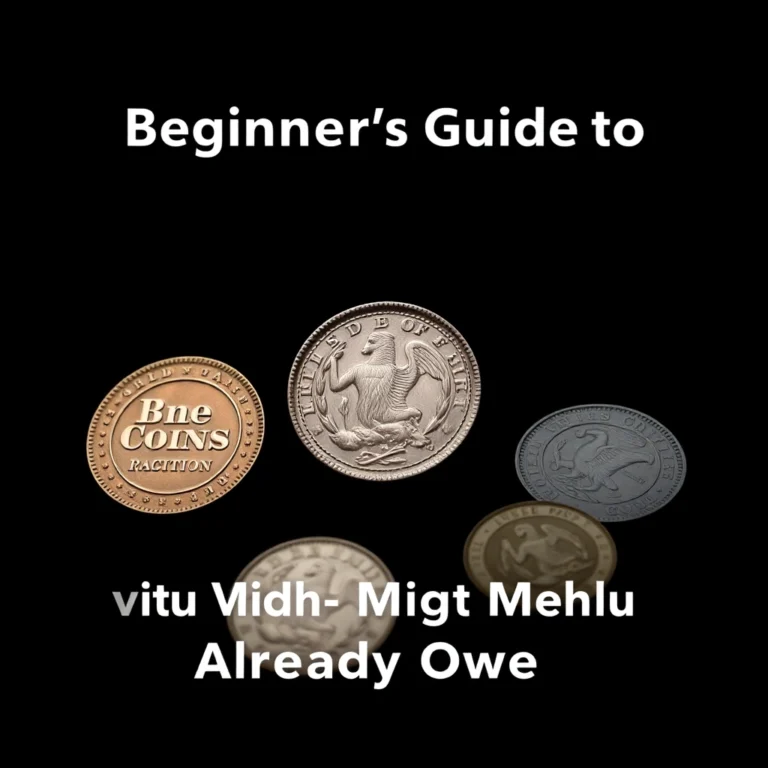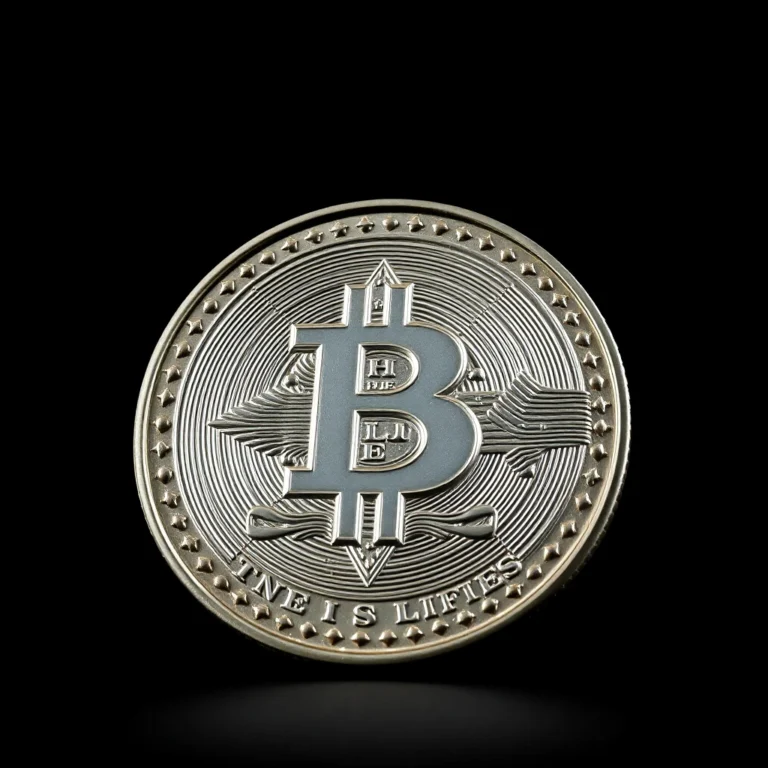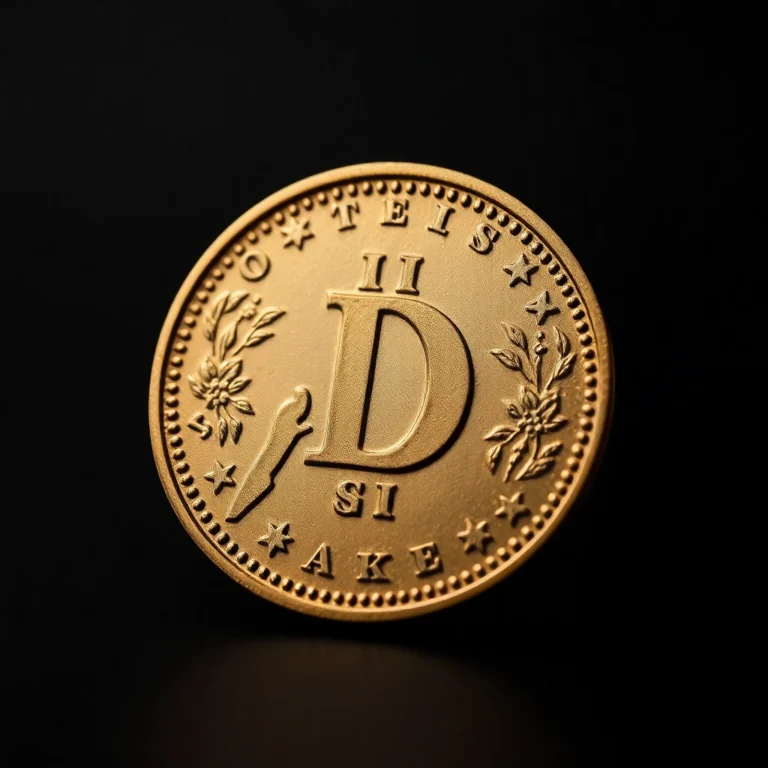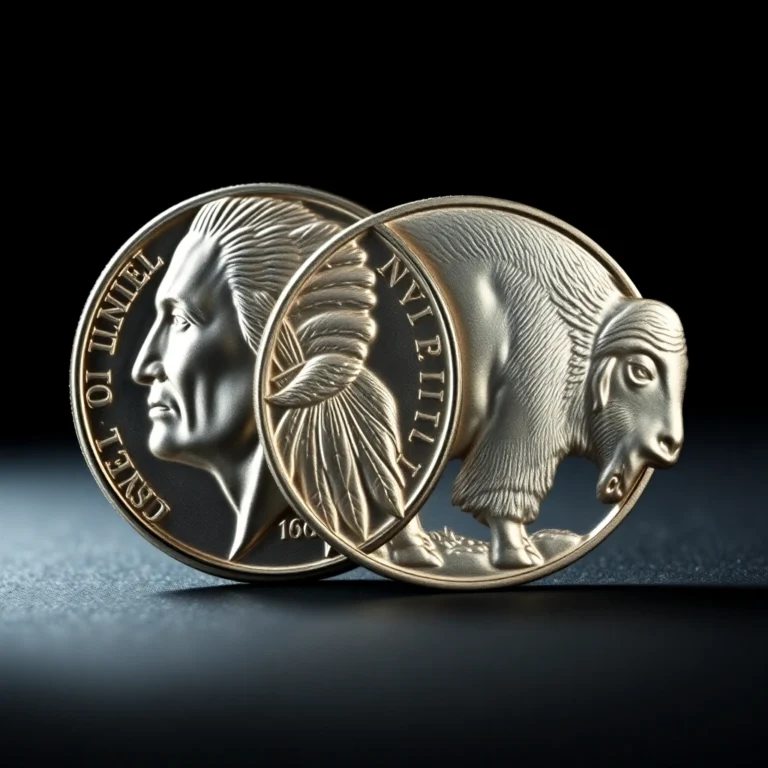Imagine sifting through a pocketful of pennies only to discover one that makes your heart race—a humble copper coin that holds secrets of rarity and an alluring mystery. Welcome to the world of the 1983 Penny with a Doubled Die Reverse, a numismatic treasure that continues to captivate collectors and historians alike. This unassuming coin, a product of minting anomaly, embodies the thrill of the hunt—where an eagle-eyed enthusiast might stumble upon a hidden gem that others overlook.
For coin collectors, the allure of the 1983 Doubled Die Reverse Penny lies not just in its scarcity but in the story of its creation—an accidental masterpiece birthed from a misaligned die. As you delve into this article, you’ll uncover the coin’s intriguing origins, learn how to identify this elusive variant, and understand why it commands attention in numismatic circles. Whether you’re a seasoned collector or a curious newcomer, the journey of the 1983 penny promises insights into the art and science of coin collecting.
Stay with us as we explore the factors that determine its value and discover just how rare this penny truly is—could you be holding a small fortune in your hand? Prepare to be amazed by the hidden value that may be lurking right in your change jar.
Collecting the 1983 Penny With a Doubled Die Reverse: What Makes It Special
The 1983 penny with a doubled die reverse is a fascinating piece of numismatic history that captivates collectors around the world. This coin’s allure lies in its unique error, historical significance, and the challenge it presents to collectors. In this article, we delve into the details of the 1983 doubled die reverse penny, exploring its background, design, rarity, and value in today’s market.
Historical Background and Significance
In 1982, the U.S. Mint transitioned from copper to a copper-plated zinc composition for the Lincoln cent due to rising copper prices. The 1983 penny is one of the first full-year productions of this new composition. During this transitional period, minting errors such as the doubled die reverse emerged, making the 1983 penny with this error a significant find for enthusiasts. Such errors are a result of misalignment in the minting process, which leads to a doubled image on the coin’s reverse.
Physical Characteristics and Design
The 1983 penny features the iconic design of the Lincoln Memorial on its reverse, created by Frank Gasparro. The obverse bears the image of President Abraham Lincoln, designed by Victor David Brenner. Key identifiers of the doubled die reverse include noticeable doubling of the inscriptions “ONE CENT,” “UNITED STATES OF AMERICA,” and the motto “E PLURIBUS UNUM.” 🔍 This doubling is most evident under magnification and is a critical aspect for collectors to verify.
Mintage Figures and Rarity
The Philadelphia Mint produced over 7.7 billion pennies in 1983, a significant number. However, only a small fraction of these exhibit the doubled die reverse error, making them particularly rare and sought-after. The rarity of this coin stems from the limited number of coins with the error that were distributed before the mistake was corrected.
Known Varieties or Errors
While the doubled die reverse is the most prominent error for the 1983 penny, collectors should also be aware of other potential varieties, such as die cracks or other minor doubling errors. However, these are considerably less valuable compared to the primary doubled die reverse.
Value Information
The value of a 1983 doubled die reverse penny can vary significantly depending on its condition. Below is a detailed value table by grade:
| Grade | Value Range |
|---|---|
| Good (G-4) | $250-$300 |
| Very Good (VG-8) | $275-$325 |
| Fine (F-12) | $300-$350 |
| Very Fine (VF-20) | $350-$450 |
| Extremely Fine (EF-40) | $450-$550 |
| About Uncirculated (AU-50) | $550-$750 |
| Mint State (MS-60) | $750-$1,000 |
| Gem Mint State (MS-65) | $1,500-$2,500 |
Authentication Tips
Authenticating a 1983 doubled die reverse penny is crucial, as forgeries can be common. Here are some tips to ensure authenticity:
- Use a high-powered magnifying glass to inspect the doubling on the reverse inscriptions.
- Consult with a reputable coin grading service for professional verification.
- Examine the coin’s weight and dimensions to ensure they match standard specifications.
In conclusion, the 1983 penny with a doubled die reverse is a standout piece for any collection. Its historical context, rarity, and potential value make it a fascinating target for numismatists. Whether you are a seasoned collector or just starting, pursuing this coin can be a rewarding adventure. 🏆
FAQs
What is the value of a 1983 penny with a doubled die reverse, and how does grading affect its price?
The value of a 1983 penny with a doubled die reverse can vary significantly based on its condition. High-grade examples, especially those that are professionally graded and authenticated, can fetch several hundred dollars or more at auction. Coins in lower grades or with noticeable wear typically sell for less. Grading provides a standardized assessment of a coin’s condition, which is crucial in determining its market value.
How can I authenticate a 1983 penny with a doubled die reverse?
Authenticating a 1983 penny with a doubled die reverse involves careful examination. Look for doubling on the reverse, specifically on the lettering, such as “ONE CENT” and “E PLURIBUS UNUM.” Using a magnifying glass or microscope will help. Consulting with a professional numismatist or sending the coin to a reputable grading service can provide definitive authentication.
What advice do you have for collectors interested in acquiring a 1983 doubled die reverse penny?
Collectors should focus on purchasing coins from reputable dealers or auction houses to avoid counterfeits. It’s also wise to invest in high-grade examples, as they tend to appreciate more over time. Staying informed about the coin’s market trends and networking with other collectors can also provide valuable insights and opportunities.
Why is the 1983 penny with a doubled die reverse historically significant?
The 1983 penny with a doubled die reverse is significant due to its occurrence during a period when the U.S. Mint was transitioning from copper to zinc-based coins. This error highlights the challenges and intricacies involved in coin production, making it a fascinating piece for collectors interested in minting history.
Are there other common varieties or errors associated with the 1983 penny?
Besides the doubled die reverse, collectors might encounter other varieties and errors from the 1983 penny series, such as off-center strikes, broadstrikes, or coins struck on an incorrect planchet. Each of these errors can add unique value and interest to a collection, depending on their rarity and condition.
